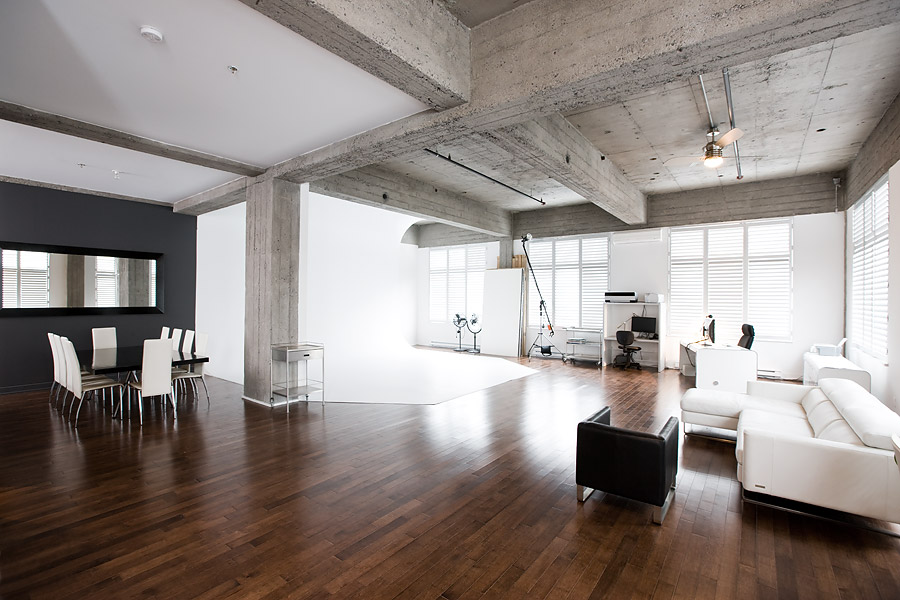Buying a condominium unit involves considering multiple factors, with natural light being one of the most important yet often overlooked aspects. The daylight your potential home receives can affect your mood, energy bills, and overall quality of life. Springleaf Residence offers units with varying light exposure, making evaluating natural lighting before purchasing essential.
Sun direction matters
The orientation of your unit determines when and how much sunlight enters your space. North-facing units receive consistent but indirect light throughout the day, while south-facing units enjoy abundant sunshine, especially in winter. East-facing condos capture morning light but may lack afternoon sun, and west-facing units offer evening light but can become warm during summer afternoons. Window size and placement play crucial roles in light distribution. Large windows or floor-to-ceiling glass units allow more light to penetrate living spaces. The number of windows and their positioning across different walls can eliminate dark corners and create a more evenly lit environment. Surrounding buildings and landscape features can block available light. A unit on a lower floor might face shadows from neighbouring structures, while higher floors generally receive more unobstructed sunlight. Trees and other landscape elements may provide pleasant dappled light, but could also reduce overall brightness.
Visit at different hours
Morning inspections (8-10 AM) reveal how well the unit captures early daylight, particularly important for bedrooms and breakfast areas. The quality of light at this time helps determine whether you’ll need to rely on artificial lighting to start your day.
Midday visits (12-2 PM) show the unit at its brightest. This represents peak natural illumination and allows you to see how light penetrates the deepest parts of the unit. Pay attention to areas that remain dark despite optimal lighting conditions.
Evening assessments (4-6 PM) demonstrate how the space transitions as daylight fades. This is especially important for living and dining areas where you’ll likely spend time after work. Units with poor evening light may feel gloomy and require significant artificial lighting.
Smart assessment tools
- Light meter apps: Download a smartphone light meter app to take actual readings in different rooms and compare them objectively between units
- Compass app: Use your phone’s compass feature to confirm the exact orientation of windows and predict seasonal light patterns
- Photography: Take photos of the space during your visit to review later, as our memory of brightness can be subjective
- Shadow tracking: Note where shadows fall and imagine how they might shift throughout seasons
Key questions to ask
When visiting during a single time slot, ask the current owners or property manager about lighting conditions during other times of day. Their insights can fill gaps in your observation.
- Inquire about seasonal variations in light exposure, especially if you’re viewing the property during summer when daylight hours are longer. Winter lighting conditions can be dramatically different and may affect your satisfaction with the unit.
- Find out if any future developments that could affect light exposure are planned nearby. New construction might permanently alter the lighting profile of your potential home.
- Ask about the building’s rules regarding window treatments and modifications. Some condominiums have strict regulations about external appearances that might limit your ability to adapt to lighting challenges.
Assessing natural light thoroughly before purchasing a condominium unit saves you from potential regret later.


